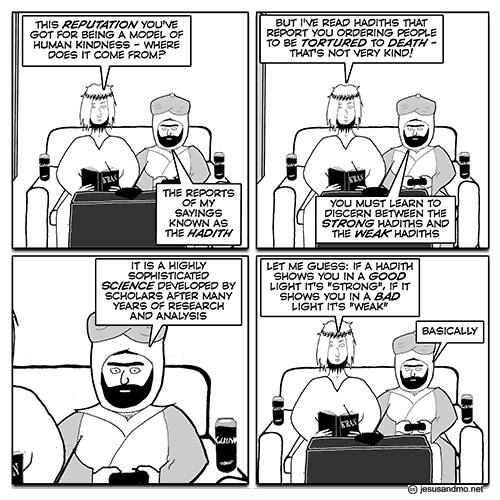Ammon Bundy has discovered, apparently to his surprise, that being in jail is not much fun.
“It’s the most difficult thing I’ve ever done in my life,” said Bundy, his hair cut short and wearing the standard blue jail smock over a pink T-shirt in a visiting room of the Multnomah County Detention Center. “But I don’t regret what we did because I knew it was right.”
It’s funny how delusional people can be – thinking that grabbing public property to use for private gain is some sort of noble cause. Stealing public resources to enrich yourself is not noble.
Bundy said he misses his wife and six children in Idaho — three daughters and three sons ages 1 to 13 — and struggles to maintain contact with them through letters and phone calls.
To pass the time, he takes inspiration from the jailhouse words of civil rights leader Martin Luther King Jr. about the importance of civil disobedience, reads passages from Scripture, keeps a journal and tries to respond to the more than 220 people who have sent him letters since his arrest.
There it is again. He’s not King. He’s not like King. He’s not a civil rights activist. He’s not an idealist. He thinks he is, but he’s not.
Bundy said he knew his arrest was a real possibility, but he was surprised when the FBI and state police moved in while they were traveling to John Day to meet with residents there.
Why? Did he think breaking the law over a period of weeks made it not breaking the law? Well maybe he just thought the FBI wasn’t going to do anything, and since that’s what I thought, I can’t very well scorn him for that.
“We were headed with weapons of laptops, projectors and PA systems and they attacked us – literally ambushed us with a standing army,” Bundy said. “Yeah, we were surprised because we were going peacefully to a community meeting. We were legally moving about the country peacefully the way that people should be able to do.”
Yes but it’s the part about not-legally grabbing the federal wildlife refuge and refusing to leave that is what prompted the arrests. You can do legal things while committing crimes, and that won’t wash the criminality off.
While Bundy’s older brother, Ryan Bundy, 43, and their father, Cliven Bundy, are being held in the same jail, they have no contact at all, he said.
He described his father’s arrest as he stepped off a plane in Portland as “vindictive.” Cliven Bundy, 69, faces federal charges for the 2014 standoff near his Nevada ranch when armed militants confronted federal rangers in a dispute over grazing fees.
Yeah so not actually vindictive, but rather arresting him for a bunch of crimes.
His dad had flown all over the country since 2014 and was never bothered before now, he said.
He doesn’t think very clearly, does he.
“I’m grateful for him teaching me to do what is right, no matter what the consequences are,” Ammon Bundy said.
Nope. That’s not what he taught you. He taught you that other thing – to do what is wrong. He taught you to grab other people’s stuff because you want it for yourself. That’s not what is right.
He holds out hope that his side of the story will prevail in court.
“We went into a public building and we did a demonstration,” he said. “I believe that this will be recognized for what it is and we will be able to go home to our families. It will take us some time.”
No, that wasn’t a mere “demonstration.”
What a poltroon.






